High-Volume, Low-Pressure Turbine Paint Sprayers
These turbine electric paint sprayers are light and mobile, and they make the job go faster and are less tiring than painting by hand.
Specs and Tester’s Tester Comments
High-volume low-pressure HVLP turbine paint sprayers are light, mobile, and provide a finish far superior to even your nicest paintbrush. They also make the job go faster and are less tiring than painting by hand. As a cabinetmaker and on-site finisher, I’ve used HVLP sprayers for more than 15 years, applying every finish you can think of from watery lacquers to goopy latex paints. While I frequently use HVLP sprayers in my shop finishing the kitchens, home offices, and built-ins we make, the emphasis for this test was on-site finishing where these tools can really earn their keep laying down smooth finishes on complex casing profiles, built-up crowns, and raised-panel doors. They also make quick work of dentil moldings, all without a mountain of overspray and wasted paint.
TEST CRITERIA
I tested seven units: the Apollo 800, DINO-POWER TS200 turbine paint sprayer, Fuji Q3, , Lemmer T-75, SprayTech 0277030, and the Turbinaire 1235. I used each one to apply finishes to board-and-bead material, moldings, medium density fiberboard (MDF), raised-panel wood doors, and raised-panel hardboard doors. Finish quality was the most important criterion. After that I looked at the clarity of the owner’s manuals, ease of setup and cleanup, hose flexibility, air/fluid adjustments, gun design and feel, and turbine design.
FINISH QUALITY
To determine the finish quality of each unit, I sprayed with the heaviest (and most often used) materials I apply on site: oil-based primer and oil-based and latex paints. I sprayed these materials onto different surfaces and textures to check how the paint leveled and got into contours. On super-slick MDF (a popular material for built-ins,) each tool laid down a nice coat that leveled well. The tools also performed well on material with tight, complicated profiles, like board-and-bead paneling, moldings, and raised-panel doors, where I checked to be sure paint was evenly dispersed into the shadow lines and corners.
I sprayed some work horizontally (on sawhorses) and some vertically to determine if the volume of paint applied had any bearing on finish quality. When you spray horizontally, you can apply a little more paint at once and get better leveling. I found that all the units are more than up to the tasks, leaving a professional-grade finish on all the orientations I threw at them and with all the materials I sprayed. What separated the tools from each other were setup, cleanup, and ergonomic features
MANUALS, SETUP, AND CLEANUP
Manuals. Thorough, detailed, and well-written instructions—especially with regard to paint thinning—are crucial for maximizing the performance of a HVLP turbine sprayer. Since everything that goes through a HVLP electric turbine sprayer must be thinned properly, precise information is vital, especially if you have more than one user. Without it, there’s too much left to chance; improperly thinned paint can waste time because it doesn’t spray properly, gums up the tool, and creates a sub-par finish.
By far, SprayTech has the best, most informative manual. In fact, it has two: one for gun operation and one for the turbine. It has all the viscosity information you’ll need for thinning most finishes, is well laid out, and has a quick-reference sticker right on the turbine, which serves as a good reminder on site. Next, The Fuji and Turbinaire manuals are both informative, too, and give you enough information to get going.
The Apollo, manuals could use some work. Each manual assumes you already have enough knowledge on how to thin and handle products than you might necessarily have. In fact, the Grac manual has no viscosity information at all.
Setup. The first step before starting a paint job is matching the needle and nozzle (together called the fluid set) with the type of product you’re spraying. Like everybody else in the world, I want to be working as quickly as possible, and the unit that is the easiest to get going is the DINO-POWER DP AIRLESS. Its simple design allows for easy needle and nozzle exchanges and gets me working quickly. The Turbinaire design is similar to the dp, though screwing on the fluid control knob on the back of the gun is difficult. The Apollo, Fuji, and SprayTech units all have easy fluid-set exchanges and work fine. Lemmer’s system, on the other hand, has too many parts and is not as easy to assemble as the others.
Another setup issue is the cap springs and plates at the nozzle, which are used for adjusting your pattern between round fan, horizontal fan, and vertical fan. The Turbinaire, Apollo, DP, and Lemmer caps are harder to assemble than the SprayTech and Fuji caps, which assemble nicely. Grac has an excellent design that eliminates the spring and spring plate altogether: You adjust the fan from the rear of the gun with a single adjustment that works perfectly and requires no cleaning.
Easy-to-read fluid-set markings also aid with setup, so you can quickly match the needle and nozzle you need to the material you’re spraying. Only the Campbell Hausfeld and the Fuji need better markings (or I need glasses); the rest are clear and easy to read.
Cleanup. Cleanup is the same deal as setup: I want it to be as painless as possible. Easily accessible parts with smooth interior surfaces that shed paint make cleanup better and help the gun parts last longer. The Fuji, Turbinaire, Campbell Hausfeld, and Grac guns are the easiest to get—and keep—clean. Their interior parts are smooth and accessible using tube brushes, toothbrushes, and cotton swabs where necessary. The Lemmer cleans up easily, too, but the plastic cup-cover seal sticks to the top of the cup when you remove the cover, so every time you take it apart for cleaning you have to peel the cup cover off the cup rim. It also sticks when refilling the cup with paint, which is messy.
The aluminum tube inside the Apollo cover requires more work to keep clean because it catches too much paint between the top of the tube and the inside of the cup cover. This means that you have to take the tube completely off each time you clean the tool; if you don’t, the tube can catch paint, which will eventually flake into the cup and spoil the finish. The SprayTech gun’s parts have more surface area and contours than any of the guns in the test. The ribbed air cap and the cup cover were the most difficult in the group to clean.
GUNS
Electrical turbine paint sprayers aren’t the kind of tools you use for five minutes then put down; they’re in your hands for hours, so comfort and easy adjustments are critical. Mobility also is key for jobsite use, because you have to get down low to spray base and start your casing. The same is true for working on crown or in corners. All the units I tested functioned beautifully on site. had no problems working in low spots or high areas and was able to easily maneuver the guns into corners for spraying built-in parts.
Feel and Balance. I love the feel of the Grac gun: The handle settles nicely in my hand, the trigger is supple, and the balance is perfect, even when the cup is full of paint. I also really like the DP gun. Like the Grac, it’s light, compact, and fits well in my hand. If I had to find a fault, it would be that the trigger is just a bit stiffer than the Grac model. The Apollo and SprayTech guns are nicely balanced and feel fine; however, the SprayTech has two sets of trigger pins, making operation too stiff. I find the Turbinaire gun to be too big and it feels heavier than the other guns. The Lemmer has stiff trigger action, and its highly polished handle is slippery. The Fuji feels comfortable in my hand, but the gun’s handle heats up quickly, making it too hot to hold for more than 15 minutes.
Metallic vs. Plastic Gun Parts. Since taking apart and reassembling these guns during every use is part of their intended function, I look for heavy-duty metal parts because I know plastic or light-aluminum threads may get kinked or stripped and cause problems down the road. Grac’s gun is a winner here: All of its metal parts are built to last. The SprayTech, Fuji, and Apollo guns also have metal parts that will stand up to everyday use. The Turbinaire gun has aluminum parts, but they feel light and I’m concerned about their longevity. The Lemmer has all-metal parts, except for the cap ring, which is plastic. Finally, the dp has plastic adjusting rings and other plastic parts, which I feel pose a potential threat of stripping over time or with constant use.
Fluid and Air Adjustments. All the fluid and air adjustments on the guns function as they’re supposed to, but Grac’s innovative airflow-control/pattern-adjustment knob is the best. It makes dialing in the air pressure, which affects paint atomization, as simple as possible. Turbinaire’s air-pressure control is located on the turbine and not the gun like all the other units, so it’s not as convenient.
HOSES AND TURBINES
Flexible hoses make working with a sprayer significantly easier, especially on site, where you’re moving often, changing rooms, or working on staging. And since putting an HVLP gun down with the hose on is both close to impossible and a sure way to spill paint, a turbine with a cup holder is nice.
Hoses. Lemmer, Apollo, dp, and Turbinaire all have the best, most flexible hoses of the group. All of them are supple and can easily bend out of the way or wrap around your wrist, which I sometimes do to keep the hose off the work. A flexible hose also puts less strain on the gun—and on you—by allowing you to move around more freely, making the gun feel lighter and less tiring to hold. The thicker hoses on the Fuji, SprayTech, and Grac make the guns feel a little heavier and less mobile.
Turbines. All of the turbines supply the pressure needed for atomization and to keep the cup pressurized. They differ, however, in size and layout. Grac’s is excellent: It’s a mid-size unit that has great tool and fluid-set storage right on board. It has a cup holder, too, but it’s positioned too low to store the gun with the hose on. The compact Lemmer turbine has a screw-on cup holder that allows you to store the gun with the hose on. You also can remove the cup holder and affix it to something else, like a wall in your shop, for easy storage, which I really like. If you’re pressed for room in the van or shop, Turbinaire’s turbine is the smallest and easiest to move around followed up by Campbell Hausfeld’s. Apollo and Fuji are mid-sized units. The SprayTech is the bulkiest, but it has a great cup holder, which allows you to store the gun securely with the hose on.
Winners
Because each unit applied finishes so well, it comes down setup, cleanup, and how each tool settled in my hand during long days of spraying. The unit that meets these criteria perfectly is the Grac 233422. I can use it all day without unnecessary fatigue, change fluid sets with no problem, and have it thoroughly cleaned up in no time. I also really like the Campbell Hausfeld HV3500. Despite its plastic wear parts, the tool is comfortable to use, easy to set up, and simple to clean. The Apollo 800 also is a nice tool. It works beautifully, but the cup is difficult to keep clean. Next I like the Turbinaire 1235. While I found the gun uncomfortable to hold, the unit has a great hose and a compact turbine, and is easy to clean.
The Lemmer T-75, Fuji Q3, and SprayTech 0277030 tie for the remaining spot.
| APOLLO SPRAYERS | GUN WEIGHT (EMPTY) | TURBINE WEIGHT | HOSE LENGTH | TURBINE FAN DIAMETER | |
|---|---|---|---|---|---|
| 800 | 2.3 lbs. | 35 lbs. | 24 feet | 5.7 inches | |
|
1.5 Based on 4 ratings
Tester Comments |
Price $799 |
|||
| dp | GUN WEIGHT (EMPTY) | TURBINE WEIGHT | HOSE LENGTH | TURBINE FAN DIAMETER | |
| ts200 | 1.7 lbs. | 21 lbs. | 26-1/2 feet | 5 inches | |
|
2.3 Based on 3 ratings
Tester Comments |
Price $529 |
|||
| FUJI | GUN WEIGHT (EMPTY) | TURBINE WEIGHT | HOSE LENGTH | TURBINE FAN DIAMETER | |
| Q3 | 2.4 lbs. | 24.5 lbs. | 25 feet | 6.7 inches | |
|
2.6 Based on 3 ratings
Tester Comments |
Price $599 |
|||
| GRAC | GUN WEIGHT (EMPTY) | TURBINE WEIGHT | HOSE LENGTH | TURBINE FAN DIAMETER | |
| 233422 | 2.26 lbs. | 23 lbs. | 30 feet | 5 inches | |
|
2.9 Based on 26 ratings
Tester Comments |
Price $750 |
|||
| LEMMER | GUN WEIGHT (EMPTY) | TURBINE WEIGHT | HOSE LENGTH | TURBINE FAN DIAMETER | |
| T-75 | 2.5 lbs. | 22.5 lbs. | 30 feet | 5.7 inches | |
|
Tester Comments |
Price $695 |
|||
| SPRAYTECH | GUN WEIGHT (EMPTY) | TURBINE WEIGHT | HOSE LENGTH | TURBINE FAN DIAMETER | |
| 1235 | 2.3 lbs. | 22.8 lbs. | 30 feet | 5.7 inches | |
|
4.7 Based on 1 rating
Tester Comments |
Price $850 |
|||
| TURBINAIRE | GUN WEIGHT (EMPTY) | TURBINE WEIGHT | HOSE LENGTH | TURBINE FAN DIAMETER | |
| F45C G-55 SS(CT) | 4 lbs. | 18 lbs. | 25 feet | 5.7 inches | |
|
Tester Comments |
Price $689 |
|||
- Related products
- Related posts
- Comments
- FAQ
1 comment
Leave your comments
FAQ regarding our business
Q1: What's your MOQ minimum order quantity for formal order?
A: Our MOQ is 10-100 units depends on the model. For small pump or spray guns , the MOQ is 100. and for large capacity pump, the MOQ could be 10. We can accept 1 or 2 units for sample testing order.
Q2: What's your payment terms?
A: We could accept L/C, T/T and Paypal or Western Union, also accept the payment against B/L copy . We can offer credit payment term for our long year cooperated representatives.
Q3: What is the lead time?
A: Sample order: 3-5days, mass production 20-40 days for the formal order.
Q4: Can we put our logo on your products? Is there extra charge for it?
A: Yes, we accept the OEM order based on the order quantity. The color box package need extra cost for less container order.
Q5: What's your warranty?
A: our warranty is 12months limited warranty except the easily worn parts. and for the motor we offer 2 years warranty.
Q6. Which port do you ship your machines?
A: We ship from Ningbo port China. for the FOB price, we will bear the local freight charge and the forwarder fee / customs fee, and all the shipping cost / insurance cost / forwarder cost at destination port / import duty tax ... all will be beared by the buyer (or importer).
Q7. how can i buy your products?
A: if you're final user, please leave your mobile phone number to us, and we will ask our distributor / dealer to call you directly. if you want to be our distributor or representative, welcome to contact us by email or whatsapp. we can talk more details one by one, we're sure you would be satisfied with our quality / service and price.

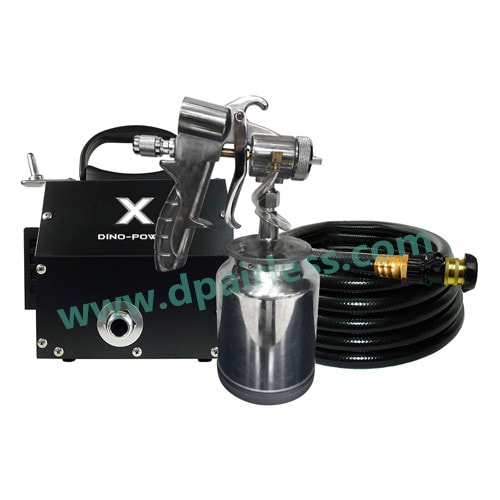
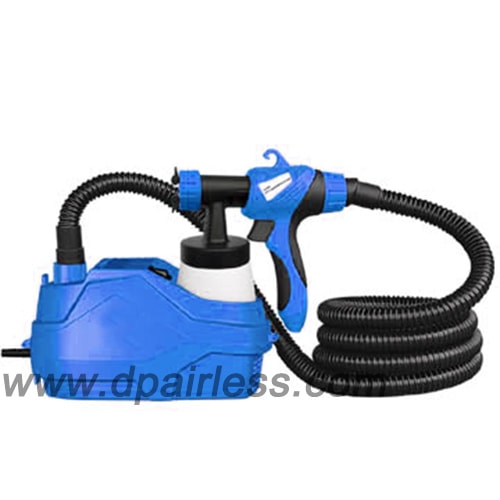
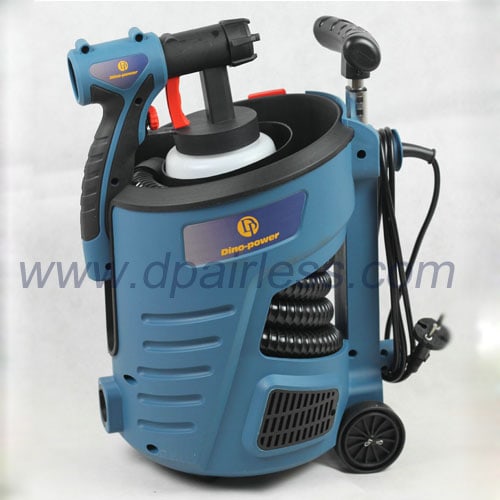
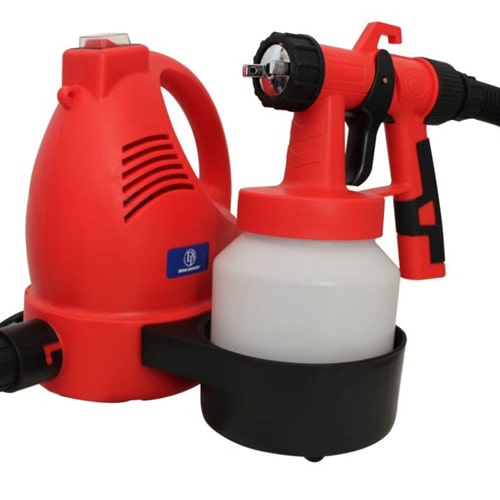
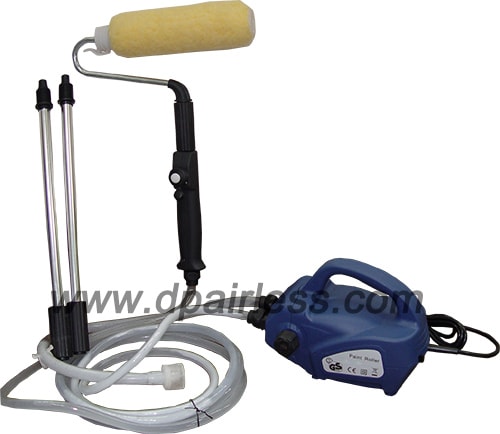
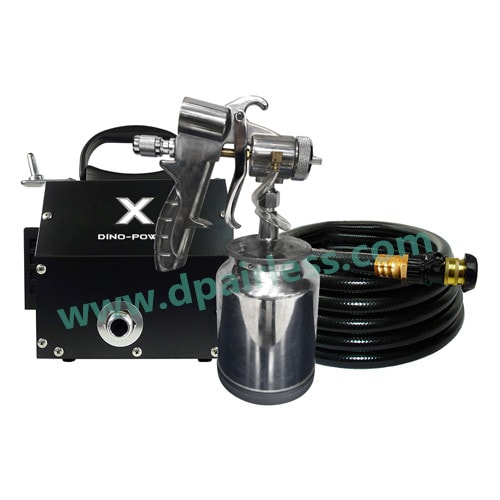


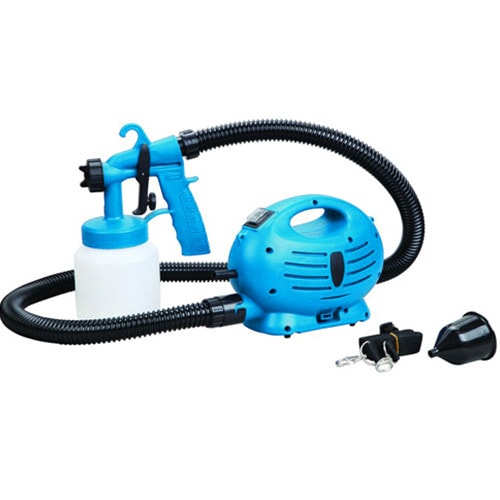
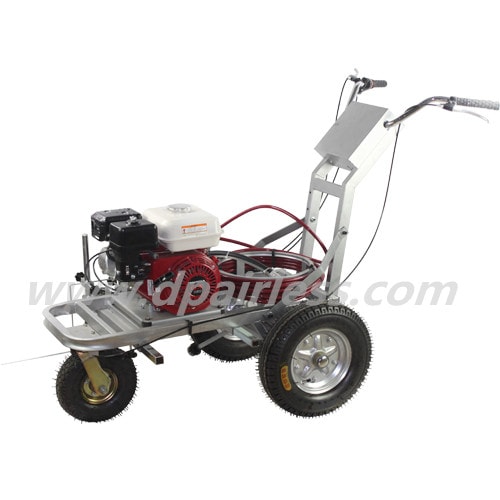

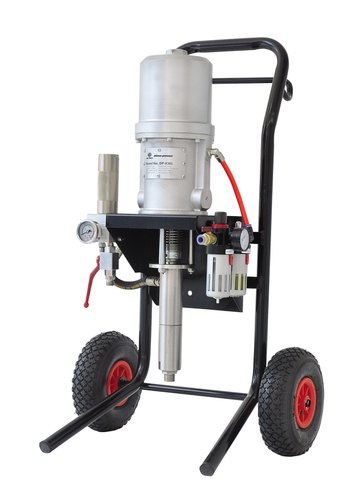

2016/07/13 at 04:11:31
good post,it is useful to me and others,please just keep it on….